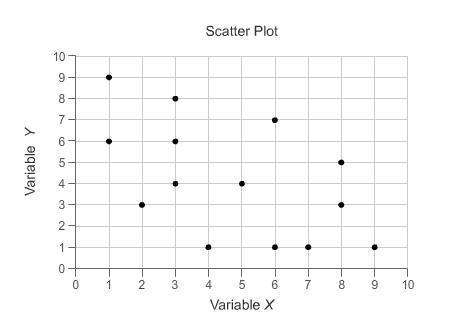
Mathematics, 12.02.2021 03:00, sydsunkae14m
Tom's house cost $100000 in the year 2000.
In 2008 he sold his house for $125000. Was the change in price a positive or negative change.
Positive
Part B
What was the percentage of change in the price of the house?
25%
I could not help the people that got it wrong but here's the answer for edulastic.

Answers: 1
Other questions on the subject: Mathematics

Mathematics, 21.06.2019 13:00, jay0630
The graph shows the prices of different numbers of bushels of corn at a store in the current year. the table shows the prices of different numbers of bushels of corn at the same store in the previous year. previous year number of bushels price of corn (dollars) 2 10 4 20 6 30 8 40 part a: describe in words how you can find the rate of change of a bushel of corn in the current year, and find the value. part b: how many dollars more is the price of a bushel of corn in the current year than the price of a bushel of corn in the previous year? show your work.
Answers: 1

Mathematics, 21.06.2019 14:00, enriquerer12
Ataxi cab charges $1.75 for the flat fee and $0.25 for each time. write an in equality to determine how many miles eddie can travel if he has $15 to spend.
Answers: 1

Mathematics, 21.06.2019 17:00, SillyEve
In tossing one coin 10 times, what are your chances for tossing a head? a tail? 2. in tossing one coin 100 times, what are your chances for tossing a head? a tail? 3. in tossing one coin 200 times, what are your chances for tossing a head? a tail? deviation = ((absolute value of the difference between expected heads and observed heads) + (absolute value of the difference between expected tails and observed tails)) divided by total number of tosses. this value should always be positive. 4. what is the deviation for 10 tosses? 5. what is the deviation for the 100 tosses? 6. what is the deviation for 200 tosses? 7. how does increasing the total number of coin tosses from 10 to 100 affect the deviation? 8. how does increasing the total number of tosses from 100 to 200 affect the deviation? 9. what two important probability principles were established in this exercise? 10. the percent of occurrence is the obtained results divided by the total tosses and multiplied by 100%. toss the coins 100 times and record your results. calculate the percent occurrence for each combination. percent head-head occurrence: percent tail-tail occurrence: percent head-tail occurrence:
Answers: 3

Mathematics, 21.06.2019 18:30, locomexicano03
The distance between two cities is 368 miles. if the scale on the map is 1/4 inch=23 miles, what is the distance between the cities on the map?
Answers: 3
Do you know the correct answer?
Tom's house cost $100000 in the year 2000.
In 2008 he sold his house for $125000. Was the change...
Questions in other subjects:

Mathematics, 30.06.2019 10:50

Mathematics, 30.06.2019 10:50

History, 30.06.2019 10:50

Computers and Technology, 30.06.2019 10:50




Mathematics, 30.06.2019 11:00


English, 30.06.2019 11:00







